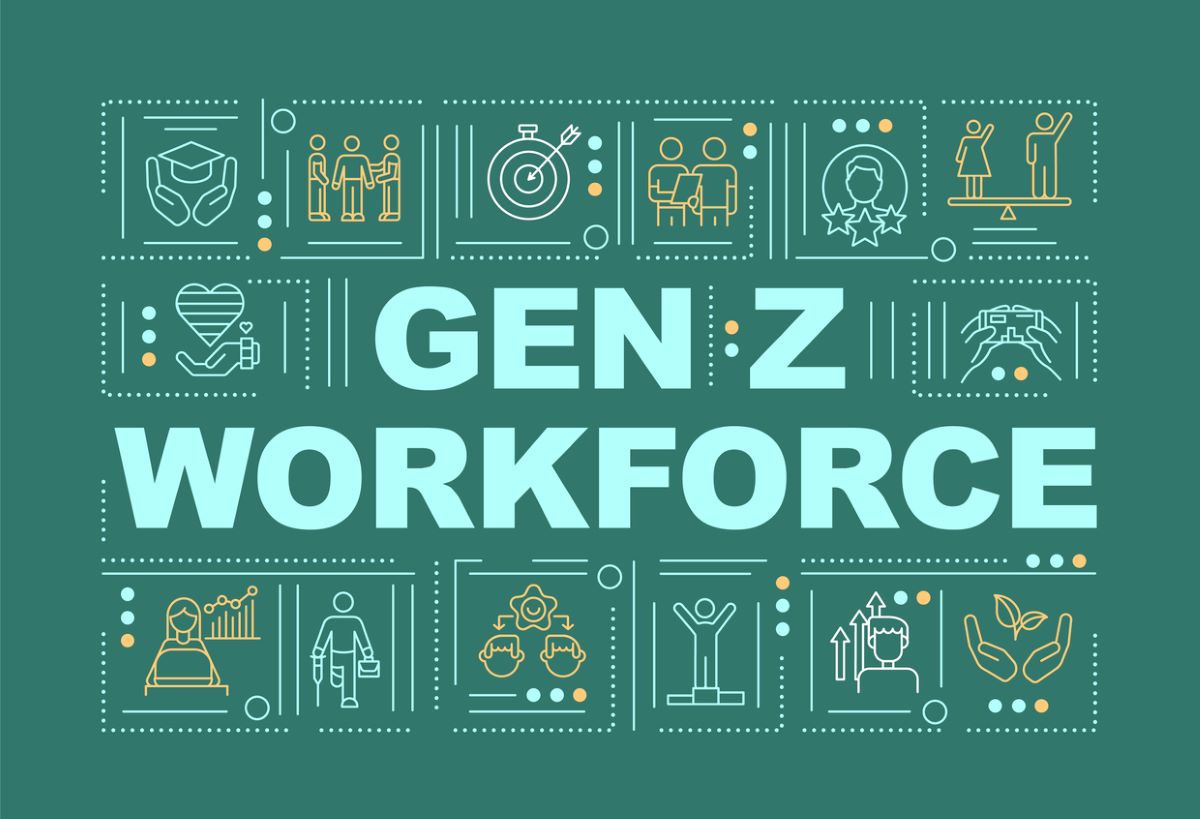In an achievement-oriented world like that of today, people tend to fall frequently into the trap of perfectionism—a pattern of unrealistic expectations accompanied by an intense fear of failure. High standards and attention to detail could encourage success, but when perfection becomes an obligatory requirement, it may generate a more subliminal challenge: high-functioning anxiety (HFA). High-functioning anxiety is a condition …
Mentorship as Strategy: Engaging Gen Z and Building a Future-Ready Workforce
The word “mentor” comes from the character Mentor in Homer’s Odyssey. With time, the word mentor has been used to refer to someone who is a guide and educator and the notion of mentorship has always been used in positive connotations. The definition of a mentoring relation has been expanded to a “professional, working alliance in which individuals work together …
Using Humor to Foster Psychological Safety in Teams: A Pun-derful Path to Collaboration
Psychological safety—the collective belief that a team environment allows for open, risk-free interpersonal interactions—is a cornerstone of team excellence (Edmondson, 1999). While much attention is given to practices like empathetic communication and active listening, humor often flies under the radar as a powerful ally. Used wisely, it can ease tension, strengthen bonds, and help shape a workplace where innovation and …
Humour and Diversity: Bridging Gaps in Multicultural Teams
In today’s globalized world, workplaces are increasingly diverse, uniting individuals from different cultures and perspectives. While diversity fosters creativity and innovation, it can also pose communication challenges. Humour, an often-overlooked tool, helps bridge these gaps by lightening the mood, strengthening relationships, and fostering harmony in multicultural teams. Humour is deeply ingrained in Indian culture, from chaiwalas cracking jokes with office …
Shared Laughter and Stronger Bonds: Bridging Gaps for Multigenerational Team Cohesion and Collaboration
In the context of emerging technological shifts and evolving employee expectations, today’s business highlights generational differences in their workforce, where humor remains a timeless, powerful tool for strengthening relationships and building a sense of oneness. Each organization has its unique humor and quirky phases that are regularly used. Whether it’s a Baby Boomer recalling a fax machine mishap or a …
Motivation and Organizational Commitment in the Indian Army: The Role of Rewards, Recognition, and Patriotism
The Indian Army is esteemed for its discipline, professionalism, and dedication to the country. But what keeps its personnel motivated and committed to their assignments, even in the face of extreme challenges? Three crucial aspects underpin this constant commitment: incentives, recognition, and patriotism. Let’s take a deeper look at how these characteristics influence the Indian Army’s motivation and loyalty to …
The “Quiet Quitting” Phenomenon: Is Disengagement on the Rise?
Quiet Quitting, a pervasive phenomenon, refers to completing the bare minimum requirements of one’s job and the task given and putting less effort, time, and enthusiasm than necessary. Here, the employees fulfill their responsibilities, stay in their positions, and receive compensation but are less willing to engage in citizenship behavior such as helping colleagues, volunteering for extra tasks, or contributing …
Counter-dependence and its manifestations
This article explores the concept of counter-dependence as it manifests in T-Group experiences and other group settings. Often misunderstood in pop psychology, counter-dependence is a dysfunctional behavior where individuals reject help and emotional closeness, even when they need it. Through real-life examples from T-Group sessions, we delve into the indicators of counter-dependence, such as resistance to feedback, avoidance of vulnerability, and overcompensation in self-reliance. Learn how this behavior impacts group dynamics and discover healthier alternatives for fostering trust and openness.
Inclusive Workplaces: The Impact of Diversity and Inclusion on Employee Well-being
In today’s fast-changing work landscape, diversity and inclusion (D&I) are essential for organizational success. Workplaces that embrace and celebrate diversity are known to boost employee well-being, leading to increased productivity, creativity, and job satisfaction. This article examines how diversity and inclusion positively affect employee well-being, discussing the benefits and strategies for fostering an inclusive work environment. The Importance of Diversity …
The Butterfly Effect: How Minor Gestures Transform Employee Wellbeing
In business operations, a single action can trigger a domino effect, reverberating throughout the organization. Within the complex dynamics of workplaces, prioritizing employee well-being emerges as a linchpin for organizational success. The adage ‘happy employees, productive workforce’ encapsulates a truth proven time and again. However, fostering employee well-being does not necessarily require grand gestures or lavish perks. Often, it begins …










